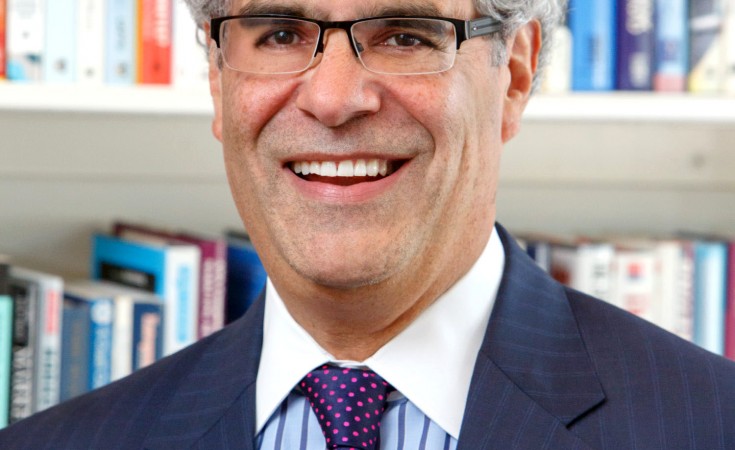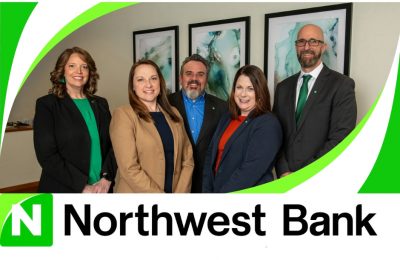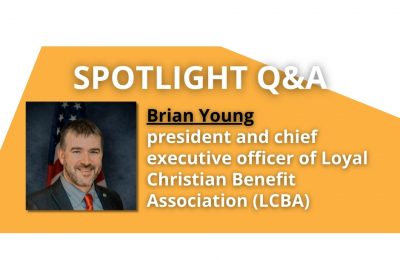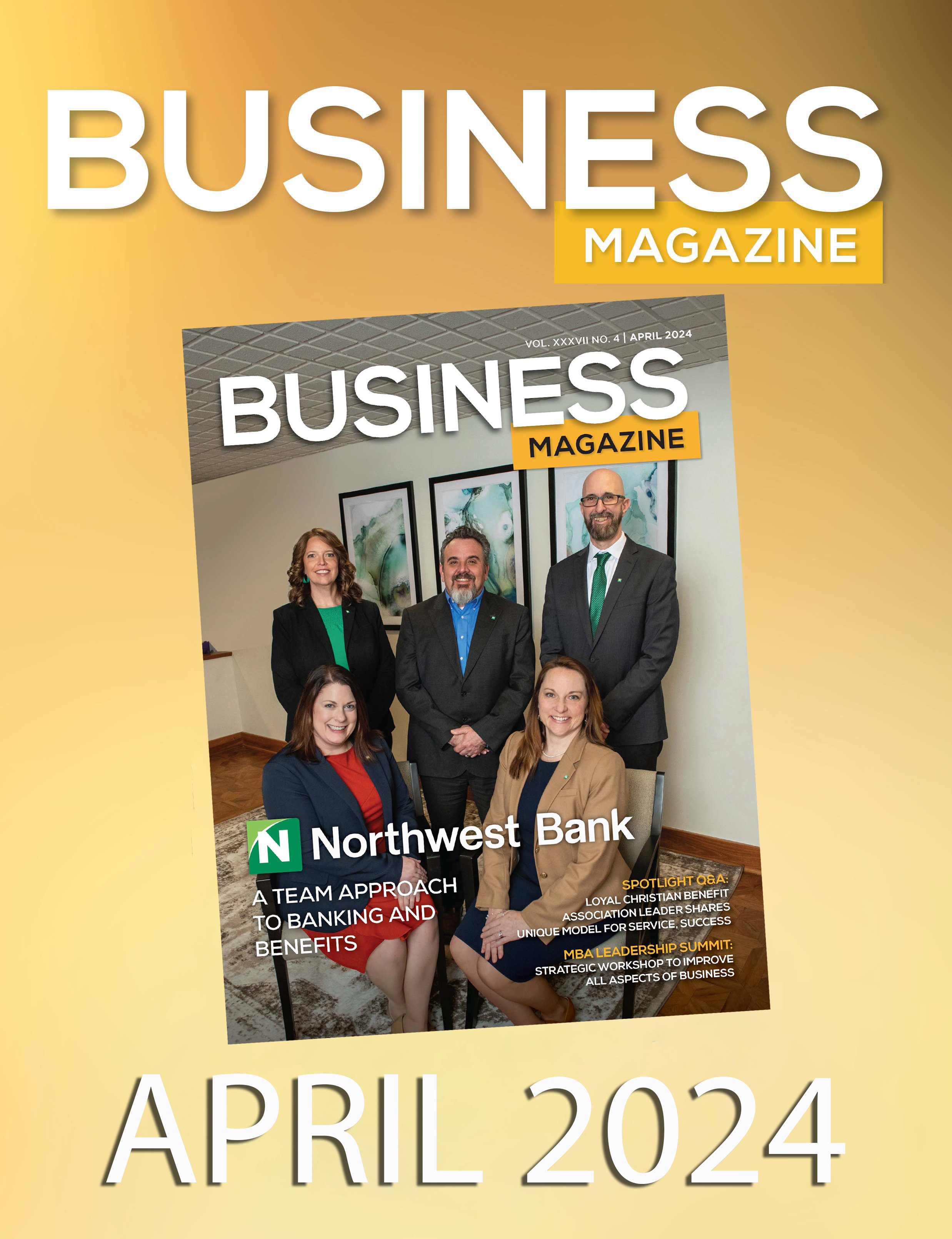Charlie Gerow is CEO of Quantum Communications, a Harrisburg-based media relations and issue advocacy firm. Quantum played a pivotal role in the passage of Act 89.
Public safety is the issue most often mentioned when discussing Pennsylvania’s roads and bridges. That’s not surprising given the fact that the Commonwealth has among the most substandard bridges in the nation and that driving on our roads is too often a jaw-clenching, teeth-jarring, gut-wrenching experience.
But there’s much more to our transportation needs than public safety. A safe, efficient and reliable transportation system is vital to our economy, too. Getting goods and services to market on time and in good condition and getting workers to their jobs safely and reliably is essential to a thriving economy.
For too long our basic “infrastructure” was ignored or given short shrift. We under-invested on transportation for decades and, in the meantime, our roads deteriorated and our bridges crumbled.
Transportation is an essential core function of government. It has been since the founding of the Republic. The Constitution of the United States mentions spending on only a couple of things — national defense and roads. That’s something some of my conservative brethren should ponder when balking at adequately funding transportation.
Four years ago, the Pennsylvania General Assembly, in bipartisan fashion, passed Act 89, the largest transportation funding legislation in decades. The $2.4-billion package, pushed by Governor Tom Corbett and Secretary of Transportation Barry Schoch, means that spending on our highways, bridges and public transportation systems will have nearly 40 percent more funding when fully realized in the next budget year.
That will go a long way to helping get our transportation systems back to where they need to be. There’s hardly a dot on the Pennsylvania map that won’t be helped by Act 89 funding.
There are still lots of issues involving transportation funding in the Commonwealth. At the top of the list is the amount of money being diverted from the Motor License Fund and liquid fuel tax revenue to pay for our state police. Nobody begrudges the state police their full funding, but the bulk of it should properly be coming from general funds, not from money dedicated by law to road and bridge-related costs.
While the law permits some use of these funds for state police highway patrol, the percentage has grown exponentially over the past decade and far outdistances even the most liberal estimates of patrol-related costs. This must be addressed immediately so that the incredibly valuable dedicated funds can be used properly to keep us safe and our economy strong.
Federal Level
At the federal level, the Trump administration made “infrastructure spending’ one leg of their legislative trifecta. The president recently kicked off “Infrastructure Week” by calling for privatizing air traffic control. It stood as both an acknowledgement that “infrastructure” means a lot of different things to different people and that there will be all sorts of transportation pieces in the mix as his plan is rolled out, just as there were with Act 89.
Federal funding is still an unresolved issue. The FAST Act of 2015 helped to stabilize federal highway and public transportation investment. The funds infused by the FAST Act, however, will be depleted by the time the Act expires in 2020. There’s a clear and present need for a long-term funding solution for the Federal Highway Trust Fund.
Some congressional Republicans have been reluctant to raise the federal gas tax, despite the fact that it hasn’t been raised in almost a quarter of a century and has been increasingly diminished by more fuel efficient vehicles and consumption-discouraging policy.
As an alternative to raising the gas tax, they have promoted increased use of private-sector investment and public-private partnerships.
There’s little argument that privatization of air traffic control and other functions will result in efficiencies, cost savings and a reduced burden on taxpayers. Likewise, private-public partnerships are often an ideal solution to major projects.
Neither, however, eliminates the cost of transportation additions, improvements and maintenance. An immediate, realistic approach to long-term transportation funding is imperative for our economy to grow.













